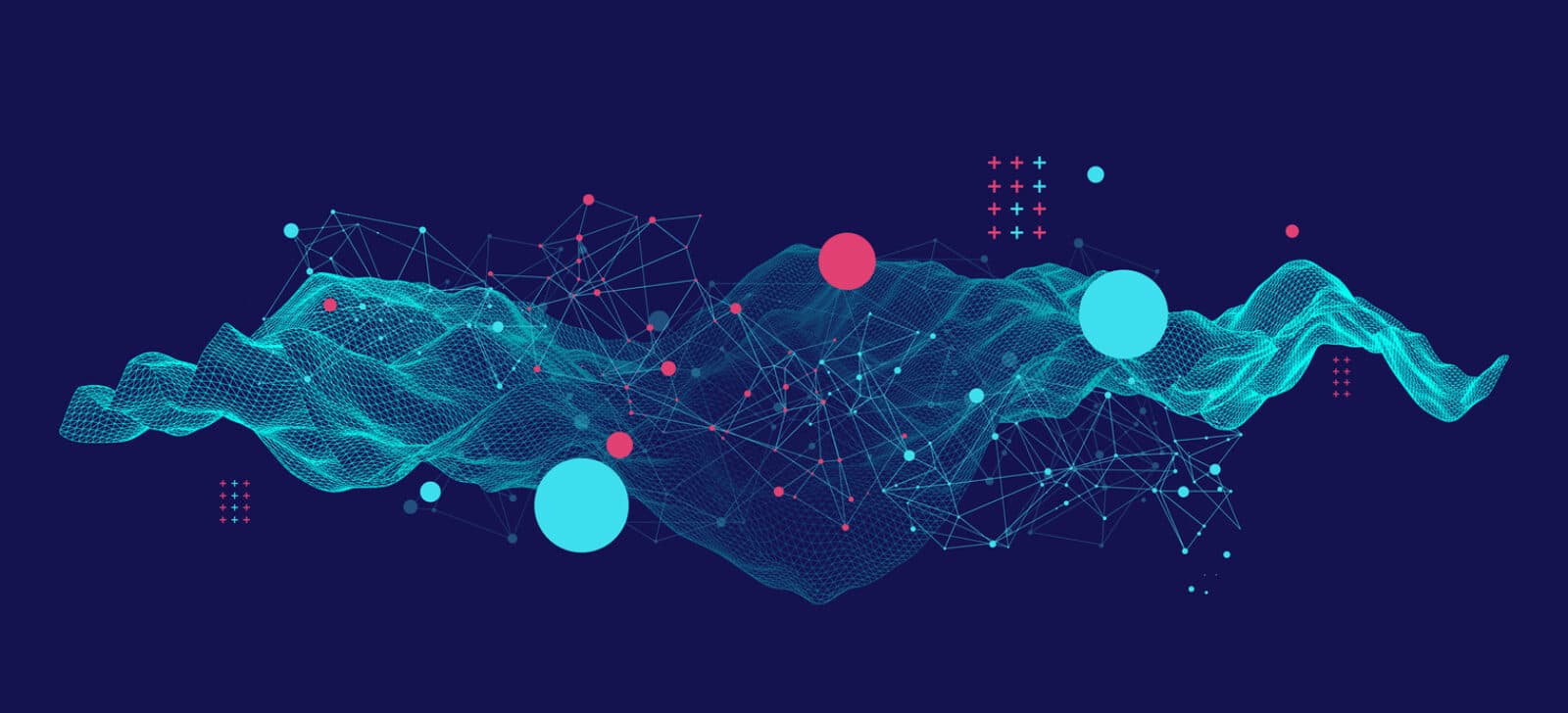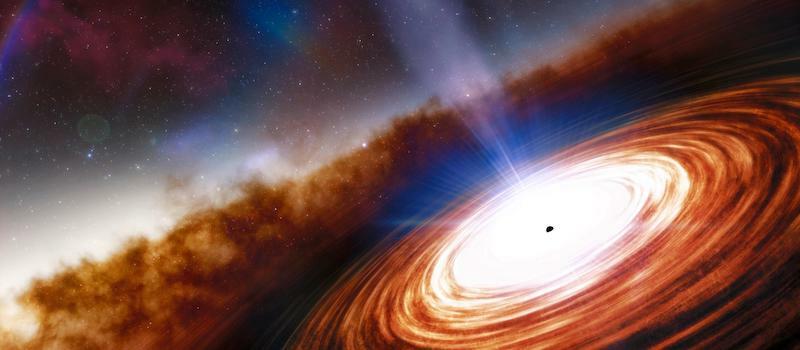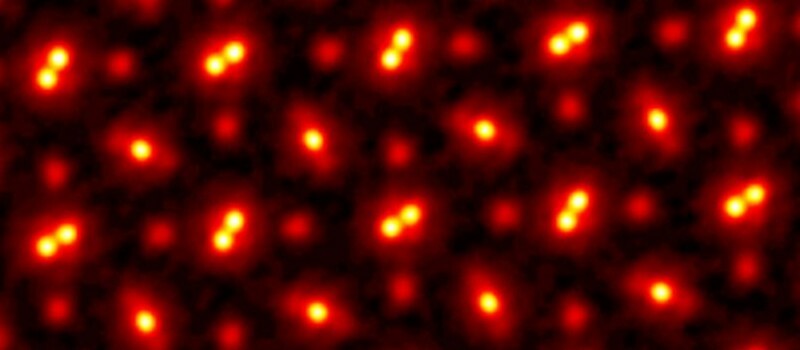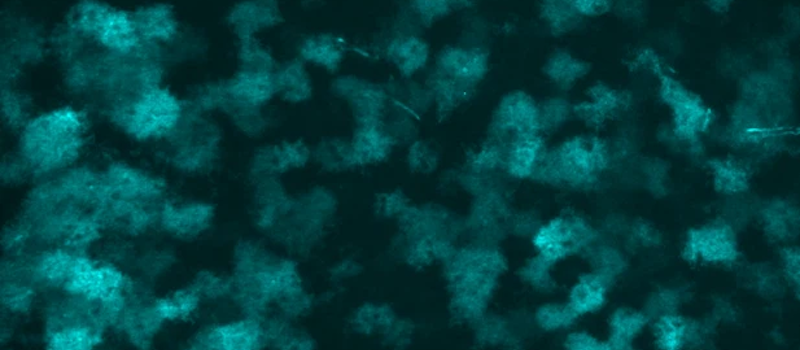A Year in Science
Highlights from Kavli Institutes around the world

At the 20 Kavli Institutes around the world, scientists explore the boundaries of our knowledge in astrophysics, theoretical physics, nanoscience, and neuroscience. As 2021 draws to a close, discover one highlight from researchers at each institute.

Astrophysics
KAVLI INSTITUTE FOR ASTRONOMY AND ASTROPHYSICS, PEKING UNIVERSITY
An important new record was set through the discovery of the most distant quasar yet.
KAVLI INSTITUTE FOR PARTICLE ASTROPHYSICS AND COSMOLOGY, STANFORD
The highest-energy cosmic rays in the Milky Way Galaxy were linked back to a star-forming region called Cygnus OB2, surprisingly showing that when produced locally, these high-energy particles do not necessarily come from compact objects such as neutron stars and black holes.
KAVLI INSTITUTE FOR COSMOLOGICAL PHYSICS, UNIVERSITY OF CHICAGO
The Dark Energy Survey released an astronomical catalog containing 700 million objects.
KAVLI INSTITUTE FOR THE PHYSICS AND MATHEMATICS OF THE UNIVERSE, UNIVERSITY OF TOKYO
Researchers measured the mass of a neutron star indirectly by gauging the amounts of titanium leftover from its progenitor stellar explosion, finding the mass to be three times higher than expected.
KAVLI INSTITUTE FOR ASTROPHYSICS AND SPACE RESEARCH, MIT
More than 500 fast radio bursts were detected, quadrupling the number ever observed and revealing two types: one-offs and repeaters, suggesting different generation mechanisms via namely neutron stars and black holes.
KAVLI INSTITUTE FOR COSMOLOGY, CAMBRIDGE
Peering 12 billion years into the past, researchers observed a young galaxy which appears surprisingly mature, challenging the current understanding of the way galaxies form.

Nanoscience
KAVLI INSTITUTE OF NANOSCIENCE DELFT
Scientists discovered that interruptions, or "hiccups," during viral replication can spawn new virus variants, as the protein that copies RNA jumps to a new location and continues copying.
KAVLI INSTITUTE AT CORNELL FOR NANOSCALE SCIENCE
These world-record-setting images of atoms are so precise, the only imperfection is a blur caused by quantum-level thermal jiggling of the atoms themselves.
KAVLI NANOSCIENCE INSTITUTE, CALTECH
A new project aims to beam solar energy from giant solar cells in space down to Earth.
KAVLI ENERGY NANOSCIENCE INSTITUTE, UC BERKELEY
Plastics with built-in high-activity enzymes make them truly compostable.
KAVLI INSTITUTE FOR NANOSCIENCE DISCOVERY, OXFORD
The fifth nanoscience institute endowed by The Kavli Foundation will focus on understanding the physical processes of cells at the molecular level.

Neuroscience
KAVLI INSTITUTE FOR BRAIN AND MIND, UC SAN DIEGO AND SALK INSTITUTE
Researchers identified the neural circuits that fine tune an animal’s hand movements, finding that the circuit shuts out the rush of sensory feedback signals that can disrupt intended actions.
KAVLI INSTITUTE FOR BRAIN SCIENCE, COLUMBIA UNIVERSITY
Researchers probing human DNA for genetic changes that might explain our cognitive abilities have a new candidate: a duplicated gene called SRCGAP2. This gene, unique to humans, appears to enrich the connections between neurons in the cerebral cortex.
KAVLI INSTITUTE FOR FUNDAMENTAL NEUROSCIENCE, UCSF
Scientists demonstrated that astrocytes (frequently overlooked non-neuronal cells) regulate the depth and duration of sleep cycles.
KAVLI INSTITUTE FOR NEUROSCIENCE, YALE UNIVERSITY
Not every organism needs eyes to “see” color. Scientists demonstrated that C. elegans roundworms can distinguish between colors in the environment, a perceptual feat that guides their search for food and ultimately their survival.
KAVLI INSTITUTE FOR SYSTEMS NEUROSCIENCE, NTNU
A research team highlighted innovative approaches being developed in the neuroscience community to dissect complex circuit elements in the brain.
KAVLI NEURAL SYSTEMS INSTITUTE, ROCKEFELLER UNIVERSITY
That flash of recognition you experience when you see a friend or family member has a biological basis. Researchers discovered a new class of brain cells that link facial perception to memory.
KAVLI NEUROSCIENCE DISCOVERY INSTITUTE, JOHNS HOPKINS UNIVERSITY
A suite of powerful new tools makes it possible to watch what happens in the brain as mice learn a new skill. Combining fluorescently tagged proteins, live cell imaging, and sophisticated image analysis algorithms, researchers can track molecular changes at the synapse level in living tissue as the brain learns and remembers.

Theoretical Physics
KAVLI INSTITUTE FOR THEORETICAL PHYSICS, UC SANTA BARBARA
The institute welcomed back attendees for in-person programming at their newly renovated spaces, with programs about the evolution of microbial communities, energy and information transfer in the quantum regime, the universality of physics, and more.
KAVLI INSTITUTE FOR THEORETICAL SCIENCES, UNIVERSITY OF CHINESE ACADEMY OF SCIENCES
Non-Hermitian topological systems have attracted a great deal of attention as possible materials for facilitating quantum computing or communication, but the basic theoretical understanding of these exciting materials has been tremendously difficult. This year, researchers explained how an important theory from Hermitian systems applies to non-Hermitian ones as well.